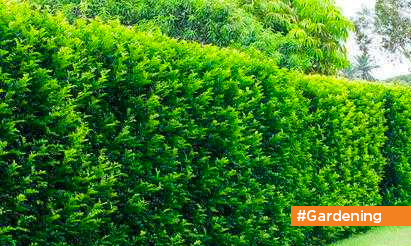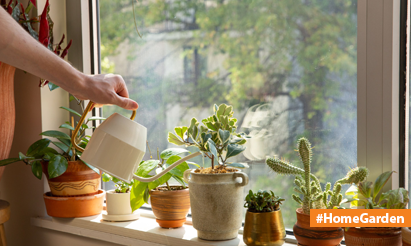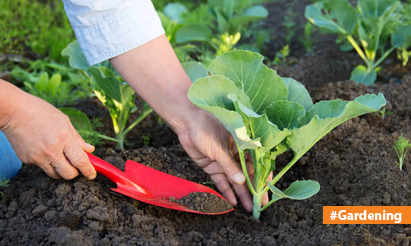The Ultimate Guide to Growing and Caring for Hibiscus Flowers!
Hibiscus flowers are vibrant and beautiful, and growing and caring for them can be a rewarding experience. Here are some guidelines to help you grow and care for hibiscus flowers:
- Choose the right variety: There are many different varieties of hibiscus, so choose the one that suits your climate and preferences. Tropical hibiscus (Hibiscus rosa-sinensis) is a popular choice for warm regions, while hardy hibiscus (Hibiscus moscheutos) can tolerate colder climates.
- Provide the ideal growing conditions: Hibiscus plants thrive in full sunlight, so choose a location in your garden that receives at least six hours of direct sunlight each day. They prefer well-draining soil that is rich in organic matter.
- Planting: Dig a hole that is twice the width of the root ball and at the same depth. Place the hibiscus plant in the hole and backfill it with soil, gently firming it around the roots. Leave a slight depression around the plant to hold water.
- Watering: Hibiscus plants need regular watering, especially during hot and dry periods. Water deeply, ensuring that the soil is evenly moist but not waterlogged. Allow the top inch of soil to dry out before watering again.
- Fertilization: Feed your hibiscus with a balanced fertilizer every four to six weeks during the growing season (spring to early fall). Use a fertilizer specifically formulated for hibiscus plants or a general-purpose fertilizer with an N-P-K ratio around 10-10-10. Follow the package instructions for application rates.
- Pruning: Prune your hibiscus in early spring to remove dead or weak branches. You can also shape the plant to your desired form. Regular pruning promotes bushier growth and encourages more abundant flowering.
- Pest and disease control: Keep an eye out for common pests like aphids, whiteflies, and spider mites. If you notice any infestation, use insecticidal soap or neem oil to control the pests. Hibiscus plants can be prone to fungal diseases, so ensure good air circulation and avoid overhead watering.
- Protection from frost: If you live in an area with freezing temperatures, protect your hibiscus from frost by covering it with a frost cloth or moving it indoors during winter.
- Mulching: Apply a layer of organic mulch around the base of the hibiscus plant to help conserve moisture, suppress weeds, and provide insulation to the roots.
- Monitor and observe: Regularly inspect your hibiscus for any signs of stress, pests, or diseases. Early detection and intervention can help prevent further damage and ensure the health of your plant.
By following these care guidelines, you can enjoy the beauty of your hibiscus flowers and keep them healthy and thriving.
Disclaimer: The views expressed above are for informational purposes only based on industry reports and related news stories. PropertyPistol does not guarantee the accuracy, completeness, or reliability of the information and shall not be held responsible for any action taken based on the published information.
(Visited 108 times, 1 visits today)



